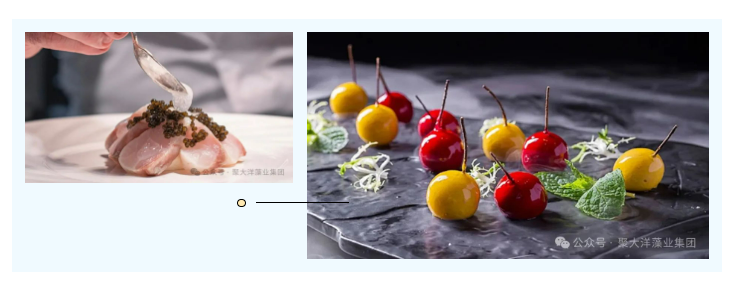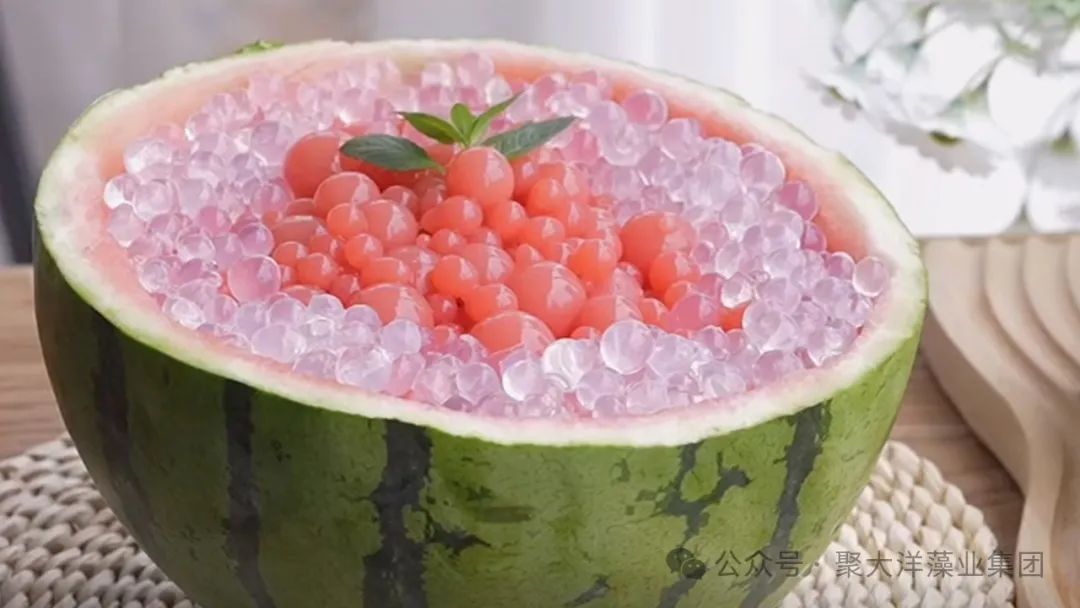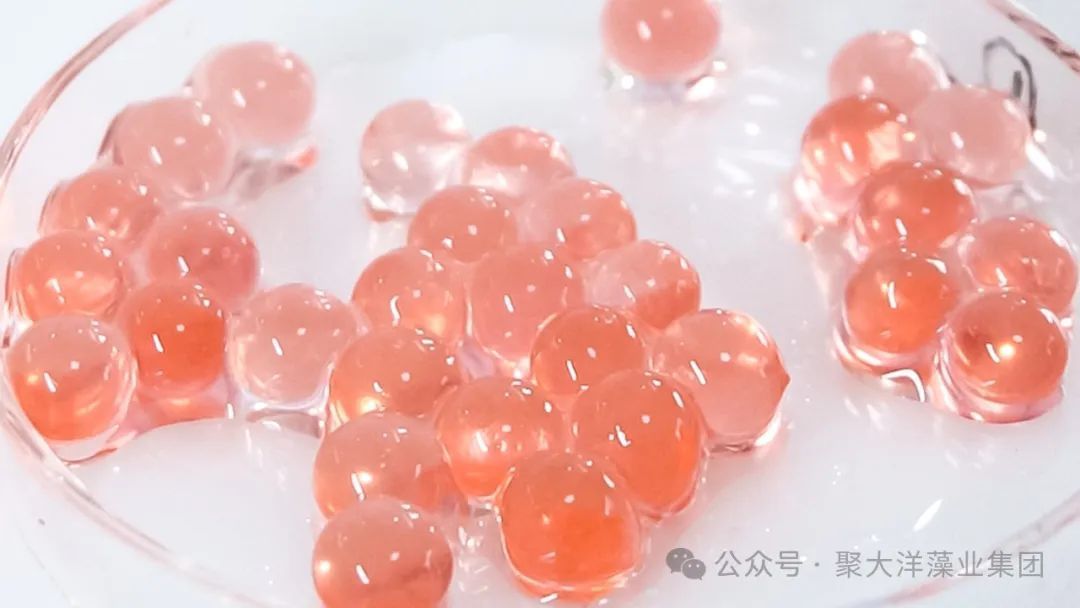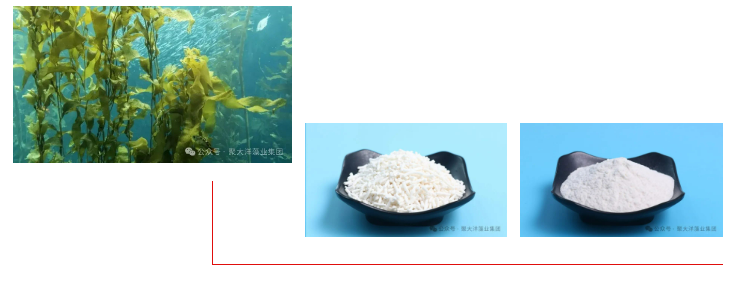Molecular gastronomy, also known as molecular cuisine, is a culinary art that explains all cooking techniques and outcomes through scientific methods and uses precise numerical control. The emergence of molecular gastronomy marks humanity's true understanding of food from a microscopic perspective. It breaks down and reconstructs thousands of years of repetitive culinary labor using modern scientific theories such as physics, chemistry, and biology. Molecular gastronomy studies the relationship between temperature changes and cooking time during the cooking process, then adds different substances to induce various physical and chemical changes in the food. After fully mastering these processes, it deconstructs, reassembles, and applies them to create cooking methods that overthrow traditional culinary arts and food appearances. It can present potatoes in foam form, turn lychees into caviar-like textures with the taste and mouthfeel of caviar and the flavor of lychees.

The bead is realized by using the crystal sphere technology in molecular cuisine. The production technology of burst beads can be divided into two kinds: forward spherical method and reverse spherical method. The forward pelting technique is to add the sap of the ingredients to the sodium alginate solution and stir it well, and then slowly drop the mixture into the calcium lactate solution. When the sodium alginate solution mixed with fruit juice enters the calcium lactate solution, the sodium ions will react with the calcium ions to form an ultra-thin spherical membrane of calcium alginate, wrapping the fruit juice solution inside. This film is extremely thin and tough, and the heat is irreversible and is not easily break. Reverse spherification technology is to form the juice added with calcium lactate into the sodium alginate solution. The steps are more complex, which needs to mix the internal juice, shell solution, curing solution and storage solution. After adjusting the internal juice with the dropper or other dripping tools into the shell solution for one or two minutes to set the shape. Soak the finalized burst beads into 3% calcium chloride solution for one to two minutes to make the burst beads more elastic and solidified. After curing, put the burst beads into the storage liquid for one to two minutes to make it more crystal clear. Reverse spherization method, the film will be thicker and more resistant to storage, the juice effect is better.

Some people might wonder, if these popping boba are made from food additives, could they be bad for your health? To answer this question, we need to understand the ingredients of the popping boba. Besides fruit juice, popping boba contain sodium alginate and calcium lactate (calcium chloride), both of which are food additives that comply with national food safety standards and pose no food safety issues.


What is sodium alginate? Sodium alginate is extracted from brown algae and consists of molecules made up of β-D-mannuronic acid (M) and α-L-guluronic acid (G), linked together by (1→4) bonds. The aqueous solution of sodium alginate has high viscosity and is used as a thickener, stabilizer, and emulsifier in food products. Sodium alginate is a non-toxic food additive that was included in the United States Pharmacopeia as early as 1938. Currently, sodium alginate is widely used in various products such as food, pharmaceuticals, textiles, dyeing, papermaking, and daily chemical industries.
